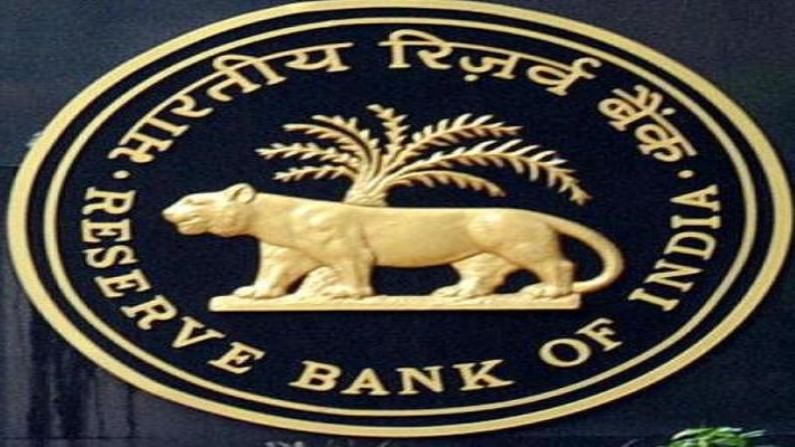Invest up to 25% of money in these assets post RBI monetary policy outcome
RBI’s decision to maintain the status quo keeping the repo rates unchanged at 4% indicates a continuation of its accommodative stance

Investors can consider investing up to 25% of their wealth in well-research REITs, InvITs and select high yield market-linked debentures (MLD). This is the view of one of the market analysts after the Reserve Bank of India (RBI) as expected kept interest rates unchanged at a record low as it chose to support economic revival over inflation. The six-member Monetary Policy Committee voted unanimously to retain the main repurchase rate at 4%. Earlier, the RBI had revised its policy rate on May 22, 2020, in an off-policy cycle to perk up demand by cutting the interest rate to a historic low. This was the seventh straight meeting when it maintained the status quo.
Here’s what market analysts and economists have to say post RBI monetary policy outcome:
Nitin Shanbagh, head-investment products, Motilal Oswal Private Wealth
RBI continues to prioritise growth and maintain financial stability as far as necessary. Having said that, it remains mindful of anchoring inflation expectations. While maintaining a balance between growth and inflation dynamics, RBI is likely to continue with the orderly evolution of the yield curve through open market operations and GSAPs. Till durable growth recovery is seen, RBI may not resort to reversal of policy rates and would maintain sufficient liquidity in the system. However, RBI may gradually signal towards the normalisation of rates.
From the investors’ point of view, the focus should be towards investing in high-quality roll down accrual strategies through a bar-bell approach viz. combination of short term and long term maturity strategies with weighted average portfolio average maturity of 4-5 years. For yield enhancement, investors can also consider investing up to 25% in well-researched REITs, InVits, select high yield MLDs, etc.”
Siddhartha Sanyal, chief economist and head-research, Bandhan Bank
The overall tone of policy continued to focus clearly on supporting growth recovery. Given higher global commodity prices, sticky food inflation and rise in domestic fuel prices, inflation may stay higher than for the RBI’s comfort. However, with the tentative and uneven nature of recovery, one expects the MPC to continue prioritising supporting growth in the coming months.
Shishir Baijal, Chairman & Managing Director, Knight Frank India
The extended period of historic low-interest rates would ensure home loan rates remain at current benign levels and aid the revival of the real estate sector. We have also seen many real estate developers refinancing their borrowings at lower interest costs and benefit from the lower interest rate regime, which is crucial at this juncture when business operations are facing pandemic pressure.
Churchil Bhatt, EVP Debt Investments, Kotak Mahindra Life Insurance Company
A phased increase in the quantum of Variable Rate Reverse Repo operations to Rs 4 trillion is one such measure that in our view marks the beginning of a cautious withdrawal of exceptional, post-Covid accommodation. However, with continuing emphasis on orderly evolution of yield curve and ongoing support via GSAP, OMOs and OT, markets are expected to take these measures into their stride. Going forward, we continue to expect further baby steps towards rate and liquidity normalisation as the economy continues to improve.
Rohit Poddar, Managing Director, Poddar Housing and Development
RBI’s decision to maintain the status quo keeping the repo rates unchanged at 4% indicates a continuation of its accommodative stance. Although, more efforts are needed to restore the supply-demand balance in the real estate and infra sectors continuation of the lowest lending rates will ensure that businesses get more windows to cope up with the pandemic-related challenges. The decision comes at the peak of high inflation and slow growth with a concerning pandemic sitch around the globe. The yield curve and liquidity management were the central focus of the committee. However, we are evidently in a much better place compared to the past quarters. Nevertheless, we still need to be more cautious about the possibility of the third covid wave and its overall impact on consumption.
Lakshmi Iyer, CIO (Debt) and Head Products, Kotak Mutual Fund
The RBI MPC left key rates unchanged – on expected lines. The accommodation bias was maintained too, however with 5-1 (1 member dissenting). The Variable rev repos (VRRR) amt was also graded increased from Rs 2 trillion to Rs 4 trillion over the next 1 month. This policy has embarked on liquidity normalisation as a start point, being mindful of growth drivers as well. We could see the yield curve gradually flatten with the shorter end moving up a tad faster than the longer end. Markets could start pricing in possibilities of rev repo rate hike, though the policy refrained from any such guidance.
Download Money9 App for the latest updates on Personal Finance.
Related
- देश का विदेशी मुद्रा भंडार 4.47 अरब डॉलर घटकर 688.1 अरब डॉलर पर
- मौद्रिक नीति पर निर्णय से पहले सेंसेक्स 308 अंक टूटा, निफ्टी भी नुकसान में
- जी एंटरटेनमेंट के शेयरधारकों ने प्रवर्तक संस्थाओं से 2,237.44 करोड़ जुटाने के प्रस्ताव को किया खारिज
- 15 जुलाई तक मक्का, धान की फसलों का बीमा कराएं किसान: हमीरपुर जिला अधिकारी
- सेंसेक्स की शीर्ष 10 कंपनियों में से नौ का बाजार पूंजीकरण 2.34 लाख करोड़ रुपये बढ़ा
- नेस्ले इंडिया के निदेशक मंडल के 1:1 बोनस शेयर जारी करने को दी मंजूरी दी

